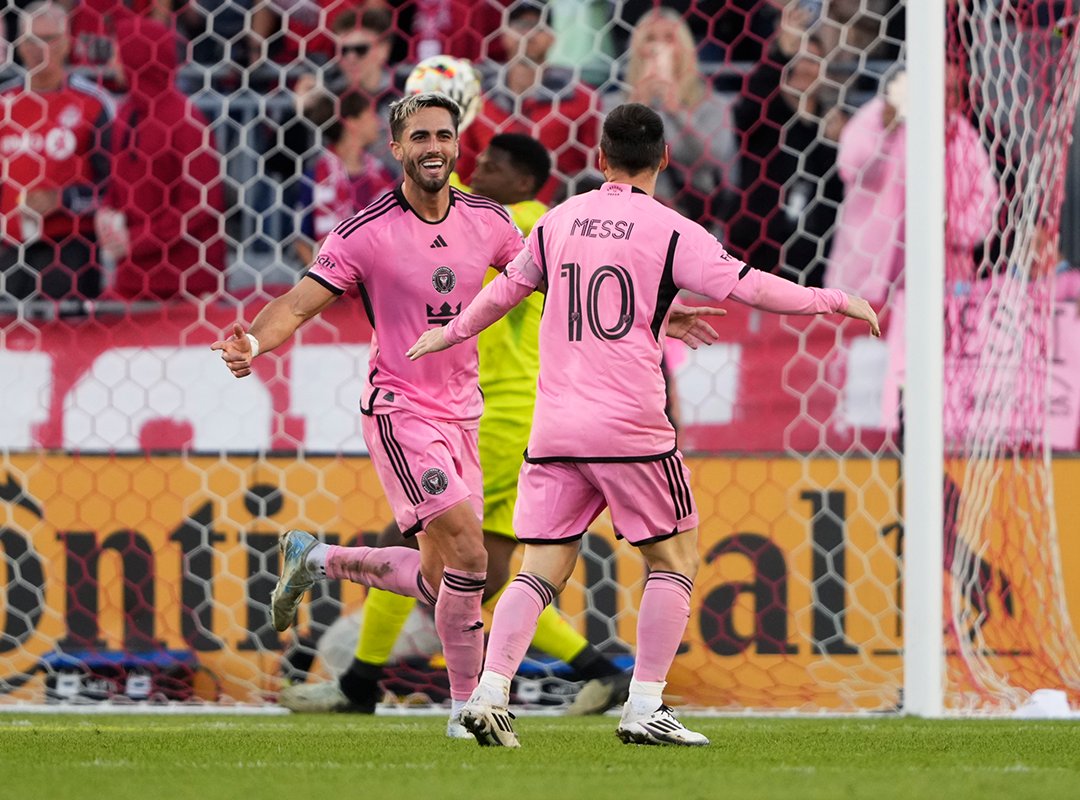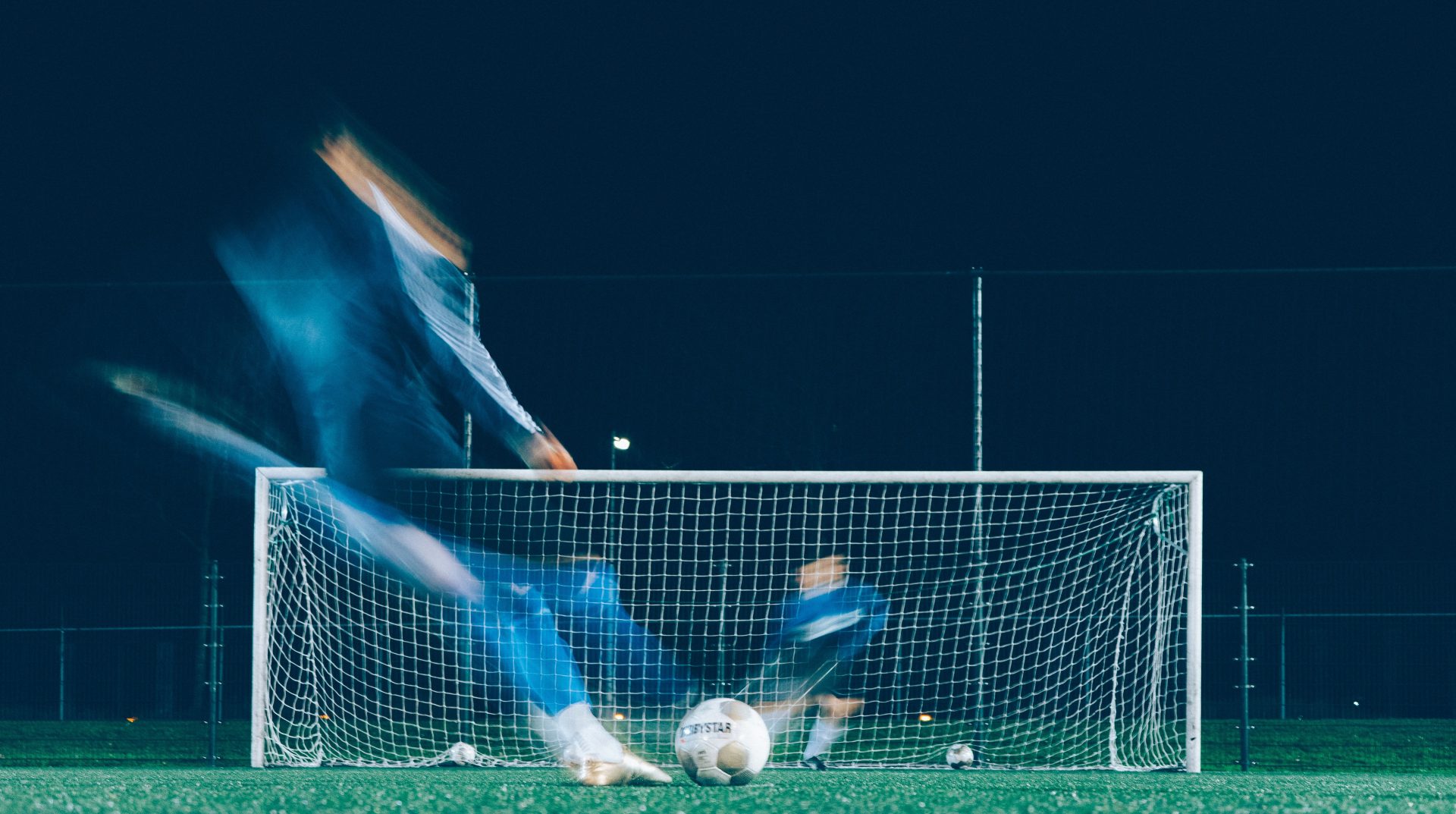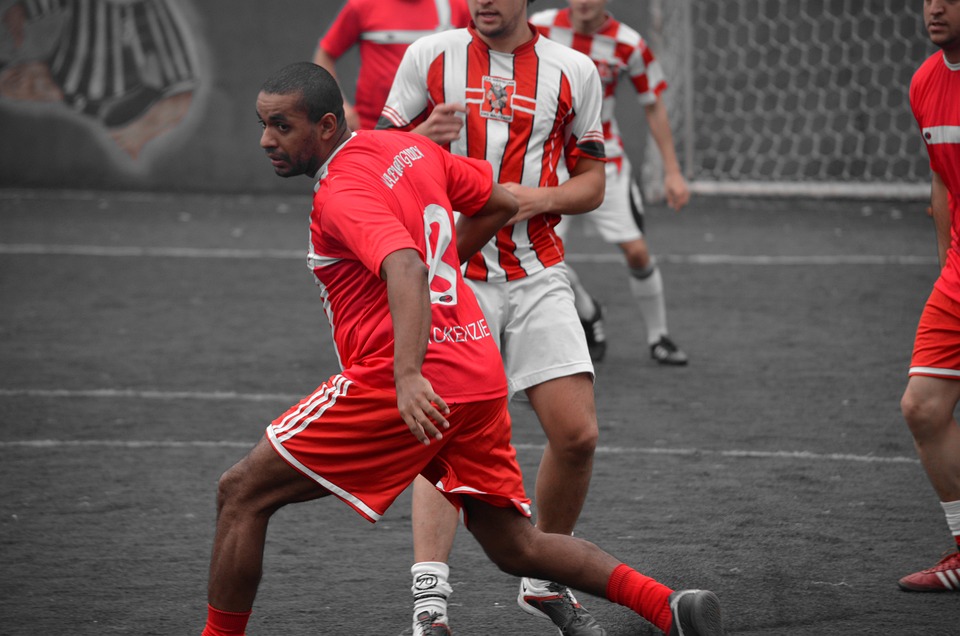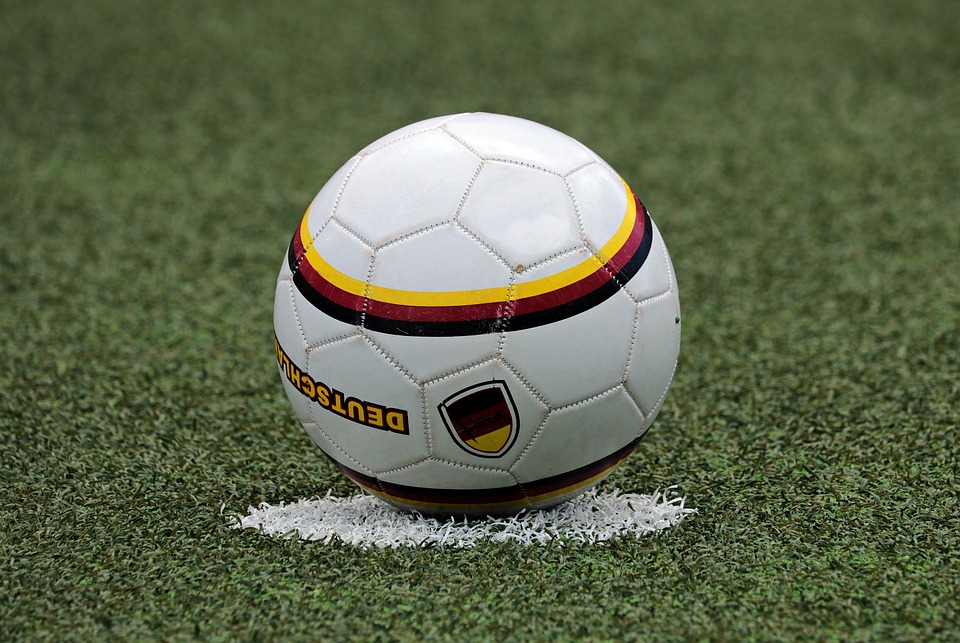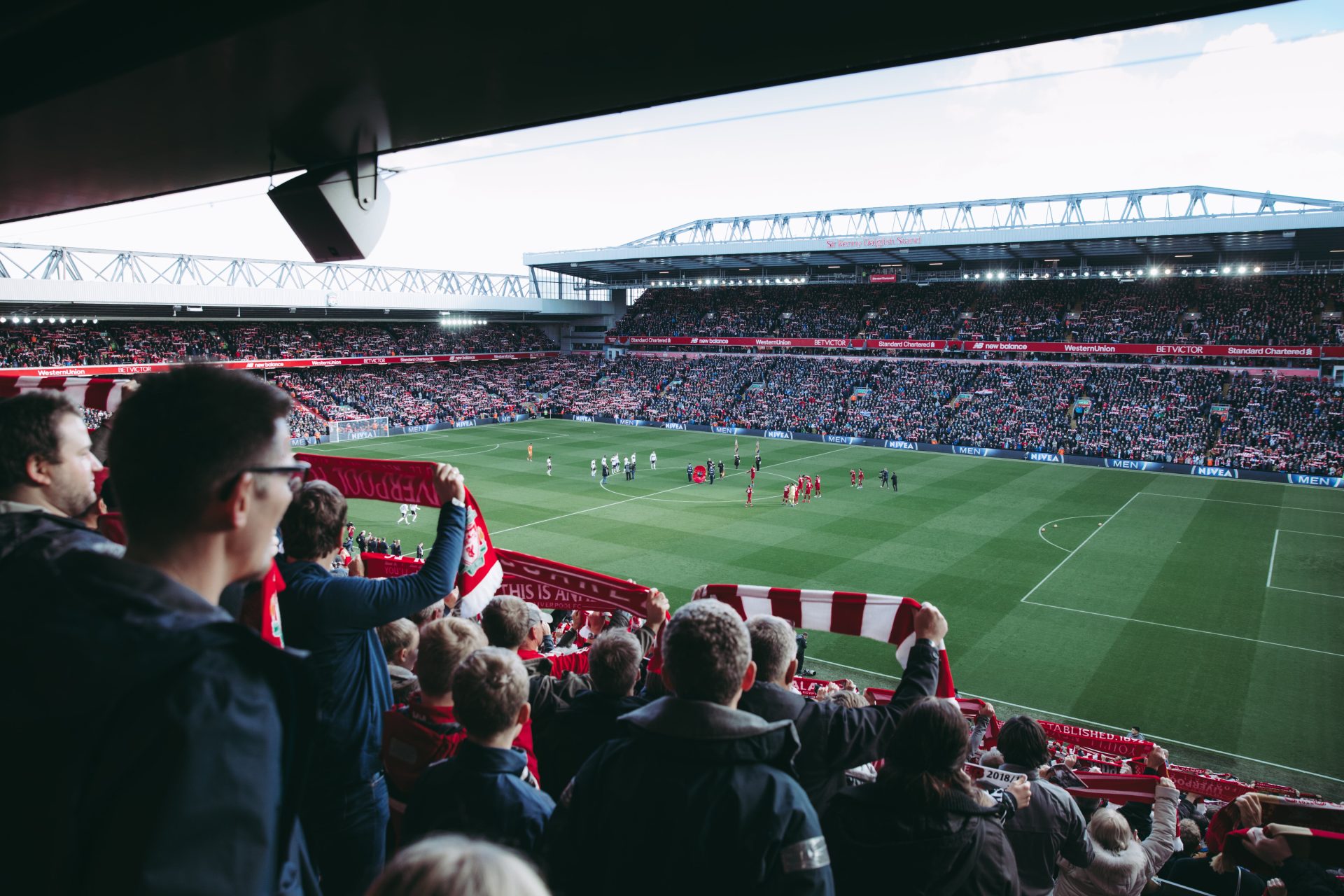What are the 5 Steps to Kick a Soccer Ball? Mastering the Fundamentals
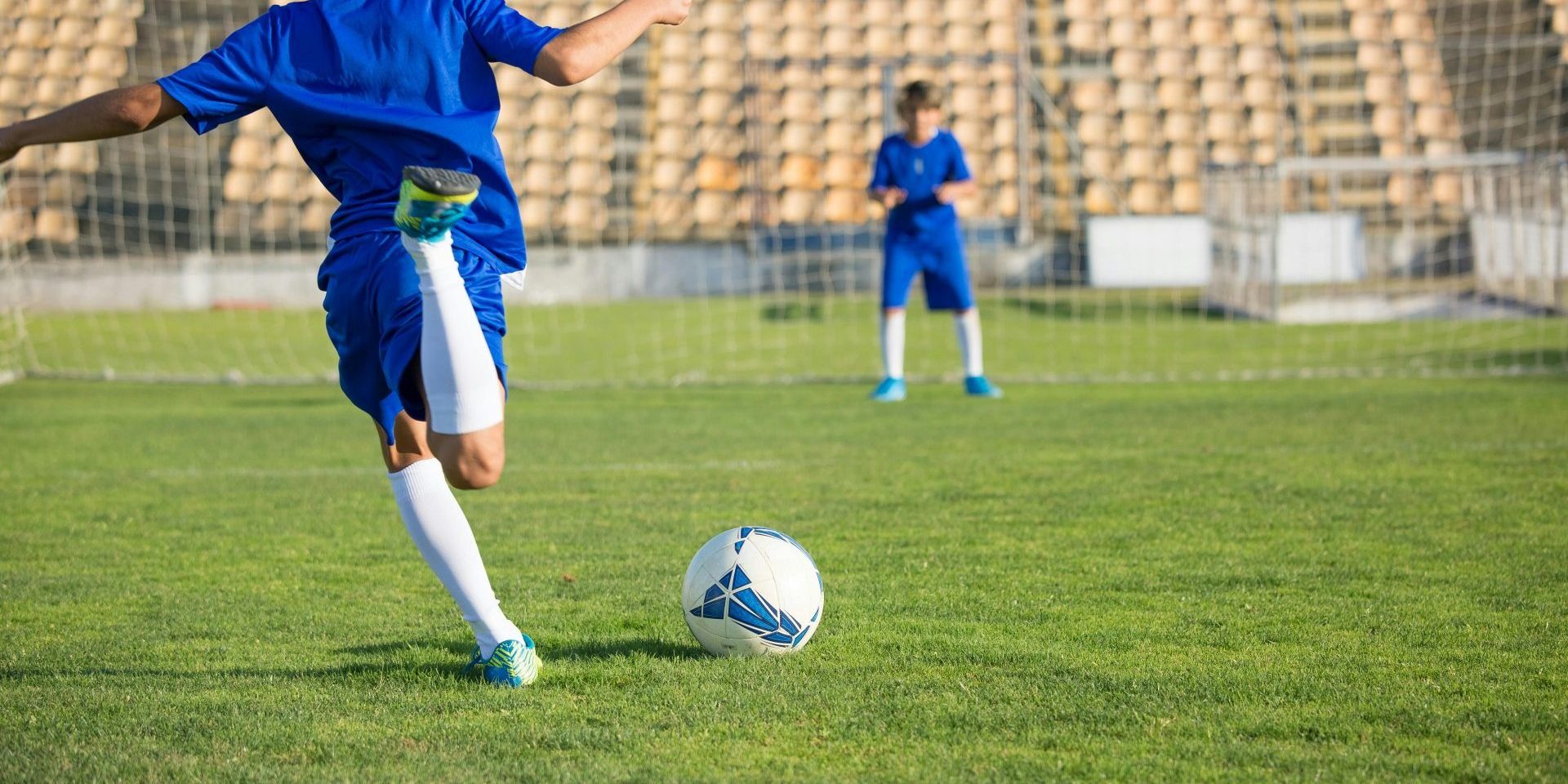
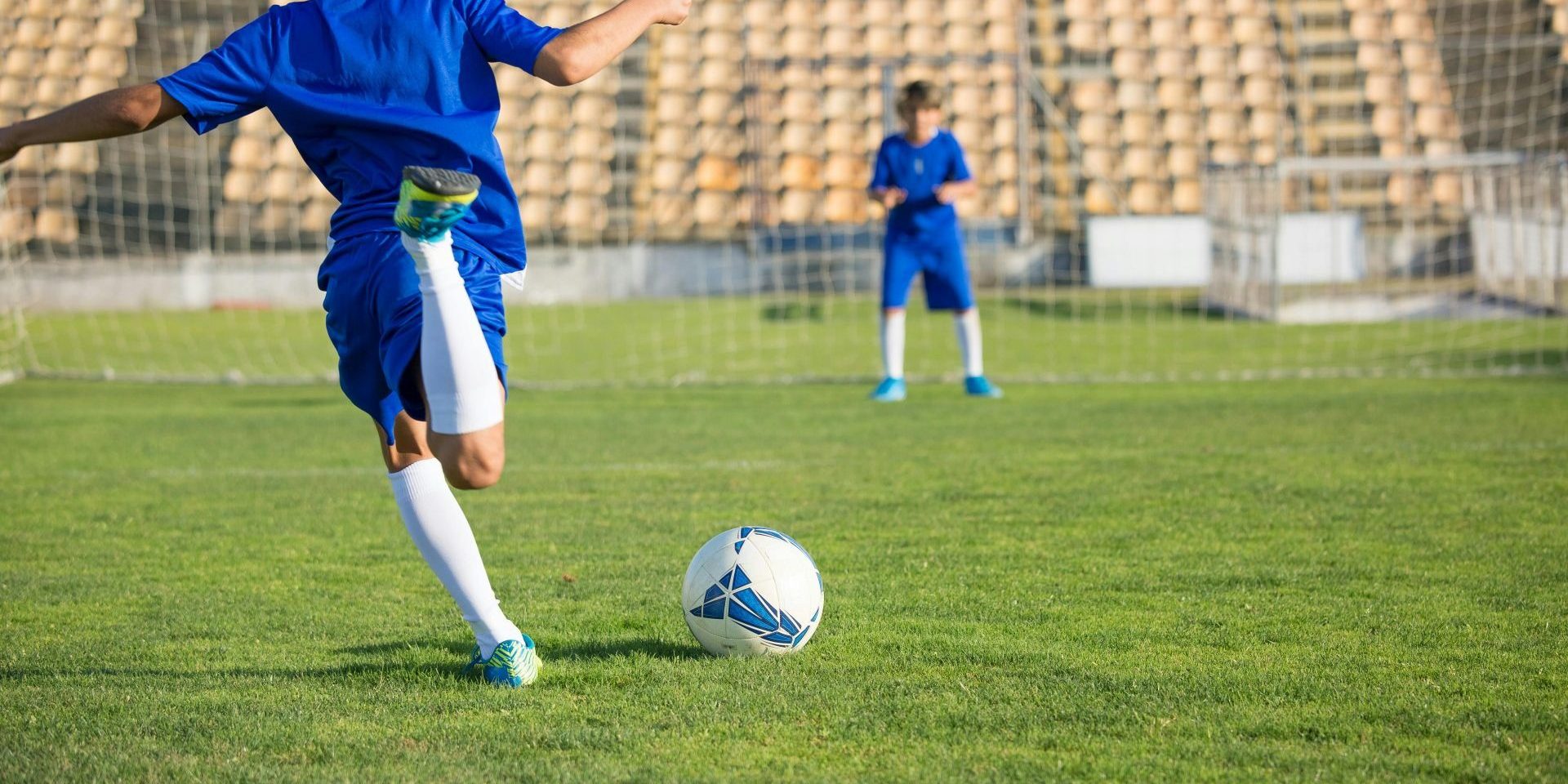
Table of Contents
Kicking a soccer ball effectively is a foundational skill that serves as the basis for many facets of the game of soccer. Whether a player is passing, shooting, or simply controlling the ball, proper technique is instrumental in executing these actions with accuracy and power. The process of delivering a well-struck soccer kick involves a series of steps that require practice and coordination to master.
Developing a reliable kicking technique begins with positioning the body appropriately in relation to the ball and continues through the motion of the kick and follow-through. Each step is designed to optimize the balance, control, and force that a player can impart on the ball. Proper execution of these steps can greatly influence a player’s performance, contributing to their ability to impact the game effectively.
The principles of soccer technique are widely accepted and taught by coaches at all levels, from youth leagues to professional teams. By adhering to these principles, players can improve their kicking abilities, contributing to their overall skill set and helping them become more versatile and effective on the field.
Preparing Your Body and Mind
To execute a soccer ball kick with precision and power, one must focus on both physical readiness and mental preparation. Aligning the mind and body enhances performance and lays the foundation for successful kicking technique.
Adopting the Right Mindset
Players must enter the field with a clear and focused mind. Relaxation is key; tension impairs coordination. Taking deep breaths helps to relax and focus on the task at hand. It’s essential to visualize the action before execution to foster mental readiness. Visualizing successful kicks can instill a sense of confidence and prepare the player for the physical act.
Warming Up and Stretching
Warm up exercises are fundamental in preparing the muscles for the vigor of play and preventing injury. A comprehensive warm-up should include light jogging or dynamic movements to increase heart rate and blood flow. Players should then proceed to stretch important muscle groups like the hamstrings, quads, calves, and groin to improve flexibility and maintain balance during kicking. Properly warmed and stretched muscles will feel more responsive and capable during play.
Mastering the Stance and Position
Before one can execute a powerful and accurate soccer kick, the correct stance and position are essential. These fundamentals provide the foundation for balance and ball control.
Positioning the Body
The body should be angled toward the target area where the player intends to send the ball. This angle not only aids in directing the kick but also prepares the body for optimal balance and precision. Feet should be shoulder-width apart, with the weight distributed evenly, allowing for quick adjustments.
Setting the Plant Foot
The non-kicking foot, commonly referred to as the plant foot, must be positioned firmly beside the ball, at approximately six to eight inches away. This foot is responsible for stability and aim, so its placement is directly linked to the kick’s success. The toe of the plant foot should point in the desired direction of the ball’s trajectory to enhance accuracy.
Performing the Kick
Executing a soccer ball kick involves a series of precise actions to ensure power and accuracy. Proper technique is essential from the approach to the final follow-through.
Approaching the Ball
A player should begin with a confident approach, typically a few steps back and one to the side from the ball. Body angle is key; it determines the kick’s trajectory and power. The non-kicking foot is placed beside the ball, pointing in the desired direction of the ball’s path.
Making Contact with the Ball
Contact should be made with the ball at a specific point. When aiming for power, use the laces of your cleat, which means your toe should be down and the ankle locked. This ensures a stable and firm impact. For accuracy, the inside of the foot is used, and again, the ankle should be locked to maintain control.
Following Through the Kick
The follow-through is as important as the kick itself because it affects the ball’s speed and direction. After making contact, the kicking leg should continue moving in the direction of the kick, which helps drive the ball with more force. Balance is maintained by bringing the arms out and keeping the head down to watch the ball’s movement.
Practicing and Refining Technique
To kick a soccer ball effectively, it’s essential to focus on practicing proper technique and incorporating feedback. Constant repetition and understanding various kicking methods are fundamental to improvement.
Drills and Coaching
Coaches employ specific drills to improve players’ kicking abilities. A standard drill may involve the player repeatedly striking the ball with the inside of their kicking foot to enhance accuracy. For power, coaches might instruct players to practice driving the ball over a distance, emphasizing forceful follow-through on their kicks.
Continual Practice and Feedback
Repetition is the foundation of soccer technique refinement. Players are encouraged to continually practice their kicking to commit the correct motion to muscle memory. Feedback from coaches, based on observation, helps refine technique by making minor adjustments to foot placement and body posture.
Understanding Kicking Variations
A comprehensive skill set includes mastering various kicks, such as the chip, drive, and knuckle. Chips require a player to strike the ball with a certain finesse, lifting it over an opponent. The drive is a direct and powerful kick, and the unpredictable knuckleball involves hitting the ball in such a way that it moves erratically in the air, challenging goalkeepers.
Applying Skills in a Game Context
When a player masters the basic skills of kicking a soccer ball, applying them in a game scenario involves several key components. Field awareness is essential as it allows a player to make informed decisions by understanding their position relative to teammates, opponents, and the goal. This awareness guides whether to pass to a teammate or attempt a shot at goal, always aiming to improve the team’s chance to score.
Movement off the ball is another important aspect. Remaining static makes a player predictable, but by consistently changing position and making intelligent runs, they can create opportunities for themselves or open up space for others.
In a game, interaction with teammates defines the success of passing and attacking plays. Effective communication, both verbal and non-verbal, helps in coordinating movements and can lead to creating effective scoring opportunities or retaining possession under pressure from the opponent.
Shooting accuracy and power are vital when the opportunity to score arises. However, knowing when to shoot is just as important as technique. A player’s ability to stay calm and apply their kicking skills under the pressure of an ongoing game is often the difference between scoring and missing a chance.
Lastly, effective soccer playing extends beyond individual skills to understanding and adapting to the dynamics of the game. This includes predicting opponents’ movements, making quick decisions in possession, and transitioning between offense and defense fluidly to maintain a team’s strategic advantage.
Ensuring Long-Term Improvement
To master the skill of kicking a soccer ball, sustained effort and strategic advancements in both physical and psychological dimensions are essential. This long-term process demands continuous growth and development in physical dexterity as well as tactical and psychological understanding.
Physical and Tactical Development
Physical growth in soccer includes enhancing balance and flexibility which are vital for executing different types of kicks with accuracy and power. Players should incorporate exercises that improve these attributes, such as yoga for flexibility and balance drills that mimic game situations. Advancing tactical knowledge also plays a significant role; understanding when and how to perform different types of kicks depends on game scenarios. This strategic insight grows from studying gameplay, receiving coaching on positioning, and regular practice of tactical drills.
-
Balance Exercises:
- Yoga poses (e.g., Tree Pose, Warrior III)
- Stability-ball drills
-
Flexibility Training:
- Dynamic stretching routines before practice
- Static stretching post-practice for recovery
-
Tactical Knowledge Enhancement:
- Regular film study of matches
- Situation-based practice drills
Mental and Psychological Growth
Psychological resilience in soccer is as important as physical skills. Players must develop the capacity to handle pressure, maintain concentration, and stay motivated over time for consistent improvement. Mental growth involves setting achievable goals, self-evaluation, and seeking feedback from coaches. These processes contribute to a player’s ability to stay focused on long-term improvement, rather than being deterred by short-term setbacks.
-
Goal Setting:
- Define clear, measurable objectives
- Break down goals into manageable steps
-
Self-Evaluation and Feedback:
- Routine self-assessment of skills and game decisions
- Constructive dialogue with coaching staff for improvement feedback
Developing these physical and mental attributes through dedicated training and mindful practice lays the foundation for a player to continuously enhance their ability to kick a soccer ball effectively.




